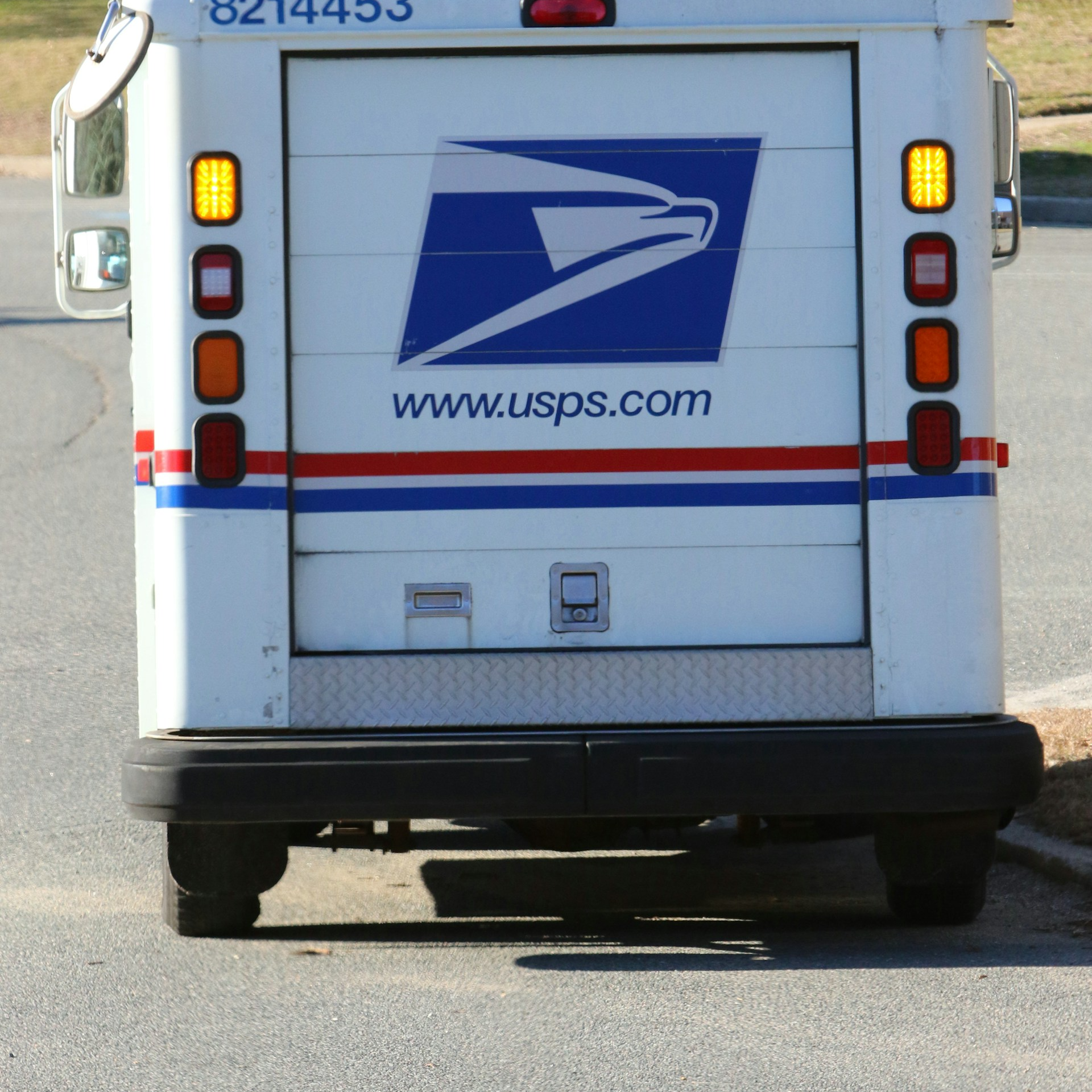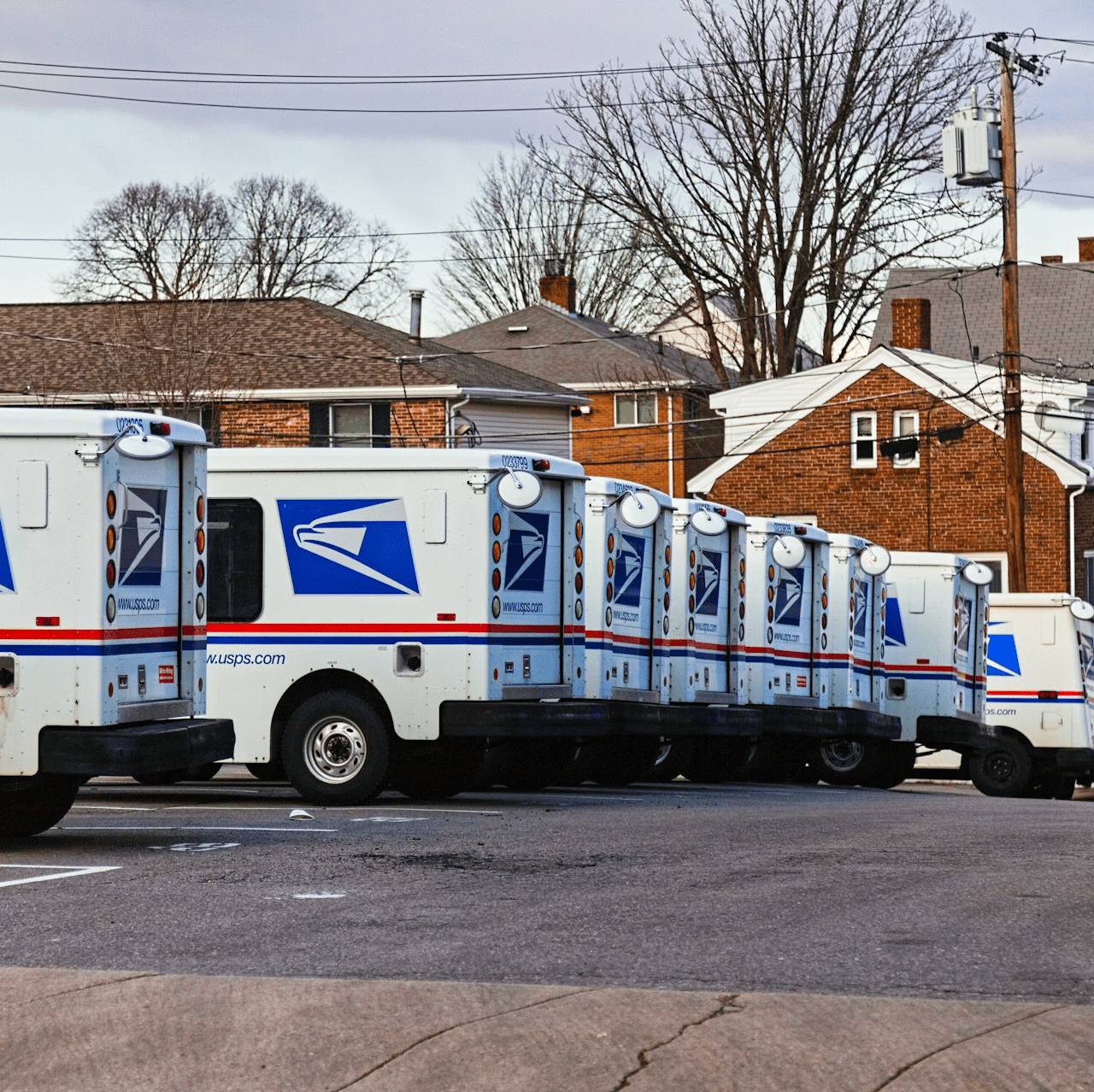Key Takeaways:
-
Understanding your PSHB plan options during Open Season ensures you maximize your health coverage and benefits as a USPS employee or retiree.
-
Navigating Medicare integration with PSHB can help you save on out-of-pocket costs while maintaining comprehensive care.
Navigating Open Season: A Vital Opportunity for USPS Employees and Retirees
Open Season is a critical time for USPS employees and retirees. This is the only period, outside of specific Qualifying Life Events (QLEs), when you can make changes to your Postal Service Health Benefits (PSHB) plan. Ensuring you select the best plan for your needs involves understanding the available options and how Medicare integration factors into your coverage.
Why Open Season Matters
Each year, Open Season gives you a limited window to:
-
Enroll in a PSHB plan if you’re not currently enrolled.
-
Switch to a different plan that better suits your needs.
-
Add or remove eligible family members from your plan.
For 2025, Open Season began on November 11, 2024, and ended on December 13, 2024. Changes you made during this period take effect starting January 1, 2025.
What You Should Know About PSHB Plans
PSHB plans are designed specifically for USPS employees and retirees. They replace the Federal Employees Health Benefits (FEHB) program, and every USPS employee and annuitant must be enrolled in a PSHB plan unless they’re covered by a family member’s FEHB plan.
PSHB plans continue to offer comprehensive health benefits, including:
-
Medical and hospital coverage.
-
Prescription drug benefits.
-
Supplemental services such as dental, vision, and hearing coverage.
The key to maximizing your benefits lies in understanding how PSHB integrates with Medicare.
Medicare and PSHB: A Crucial Pairing
If you’re a Medicare-eligible annuitant or family member, enrolling in Medicare Part B is generally required to maintain your PSHB coverage. This pairing allows you to:
-
Minimize out-of-pocket costs.
-
Access additional benefits like waived deductibles or premium reimbursements offered by some PSHB plans.
What to Do If You’re New to Medicare
Turning 65 or newly eligible for Medicare? Here’s what you need to do:
-
Enroll in Medicare Part A and Part B. Medicare Part A is typically premium-free for most people, while Part B requires a monthly premium of $185 in 2025.
-
Understand PSHB’s Medicare Advantage Features. Many PSHB plans automatically include Medicare Advantage options, enhancing your coverage without requiring separate enrollment.
Exceptions to Medicare Part B Enrollment
Not everyone is required to enroll in Medicare Part B. For instance, if you retired before January 1, 2025, and aren’t already enrolled in Part B, you may qualify for an exemption. Additionally, employees aged 64 or older as of January 1, 2025, may also be exempt.
Making the Most of Your PSHB Plan
Selecting a PSHB plan isn’t just about cost; it’s about aligning your health needs with the available benefits. Here are steps to make the most informed decision during Open Season:
Assess Your Health Needs
Consider your current and anticipated healthcare needs. Are you managing chronic conditions, or do you expect significant healthcare expenses in 2025? Knowing this helps you identify plans with lower out-of-pocket maximums or better specialist coverage.
Review Plan Options
Use available tools and resources to compare plans. Pay close attention to:
-
Premiums
-
Deductibles and copayments
-
Provider networks
-
Prescription drug formularies
Understand Out-of-Pocket Caps
One of the biggest advantages of 2025 PSHB plans is the introduction of a $2,000 annual cap on out-of-pocket prescription drug costs under Medicare Part D. This cap eliminates the financial strain of the “donut hole” coverage gap.
Key Changes for 2025
PSHB plans have seen notable updates this year, including:
-
Streamlined Medicare Integration: Prescription drug coverage is now included via a Medicare Part D Employer Group Waiver Plan (EGWP) for Medicare-eligible members.
-
Plan Offerings: While the total number of available plans has slightly decreased, there’s an increase in Special Needs Plans (SNPs) tailored to specific health conditions or financial situations.
-
Enhanced Cost Transparency: Members now have clearer access to cost breakdowns for premiums, deductibles, and copayments.
Pharmacy Benefits: What to Expect
Your PSHB plan now includes robust prescription drug coverage. Here’s what you need to know:
-
Medicare Part D Cap: Out-of-pocket costs for medications are capped at $2,000 annually, ensuring predictability in your expenses.
-
Pharmacy Networks: Check if your preferred pharmacies are included in your plan’s network to avoid additional costs.
-
Mail-Order Options: Many PSHB plans offer convenient mail-order services for long-term prescriptions.
Ensuring Family Coverage
If you’re covering eligible family members under your PSHB plan, Open Season is the time to ensure their coverage is up-to-date. Eligible family members include:
-
Spouses
-
Children under 26
-
Disabled adult children who qualify for continued coverage
Remember, changes outside Open Season are allowed only during QLEs, such as marriage, divorce, or the birth of a child.
Steps to Take During Open Season
Here’s a step-by-step guide to managing your PSHB enrollment:
-
Log into Your Benefits Portal: Access your account through the USPS benefits platform.
-
Review Your Current Plan: Understand what your existing plan offers and where it falls short.
-
Compare New Options: Use comparison tools to evaluate the plans available in your area.
-
Make Your Selection: Submit your changes or enrollments before the deadline to ensure coverage.
Key Deadlines to Remember
Staying on top of deadlines ensures you don’t miss the opportunity to update your coverage:
-
November 11, 2024: Open Season began.
-
December 13, 2024: Open Season ended.
-
January 1, 2025: Changes take effect.
Avoiding Common Pitfalls
Navigating Open Season can be tricky, so watch out for these common mistakes:
-
Ignoring Medicare Integration: Failing to enroll in Medicare Part B when required can result in loss of PSHB coverage.
-
Overlooking Plan Changes: Review your plan’s Annual Notice of Change (ANOC) to avoid surprises in premiums or benefits.
-
Missing Deadlines: Late submissions mean you’ll have to wait until the next Open Season or experience a QLE to make changes.
Additional Resources for Assistance
If you’re unsure about your options or need guidance, take advantage of these resources:
-
USPS Benefits Office: Provides tailored advice for your situation.
-
Plan Comparison Tools: Available on the PSHB website to simplify decision-making.
-
Medicare Representatives: Offer clarity on how Medicare interacts with PSHB plans.
Why Staying Informed Matters
Health coverage isn’t static. Changes in your health, family situation, or financial needs require reevaluating your plan annually. Staying informed ensures you’re not leaving money on the table or missing out on critical benefits.
The Bottom Line
Making thoughtful choices during Open Season sets the stage for a worry-free year. By understanding PSHB’s features and integrating Medicare where applicable, you can optimize your health coverage and minimize costs.












